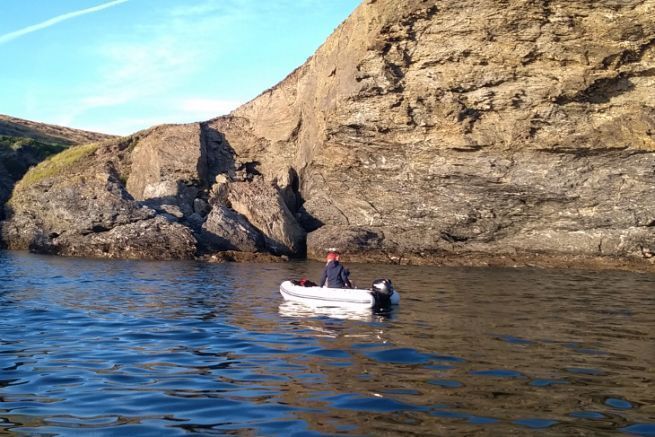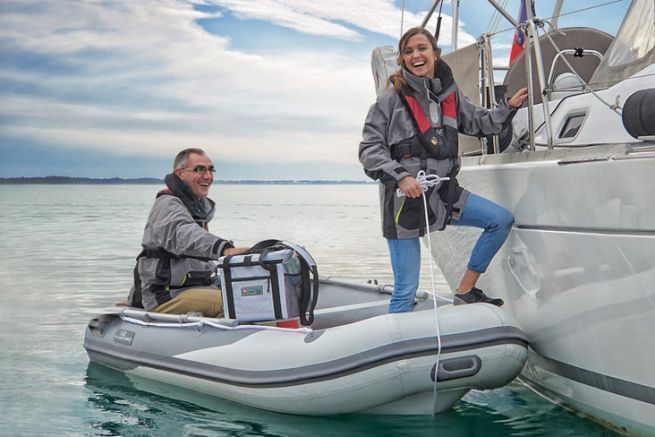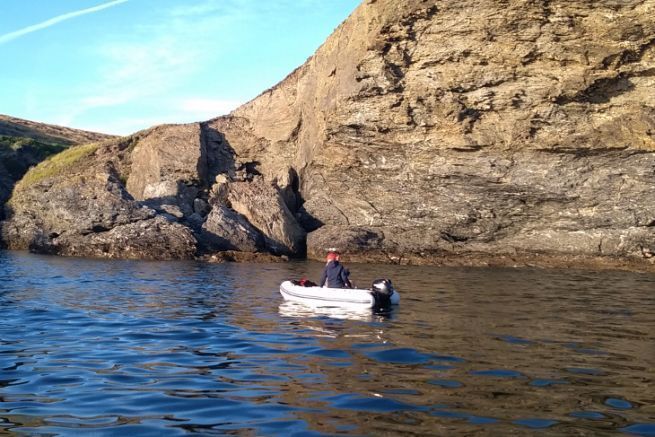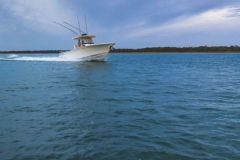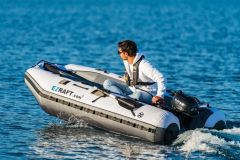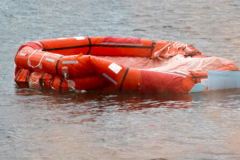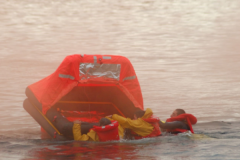According to the NAOSIS report ( National Observation System for the Safety of Nautical Activities ), there was, in 2020, 191 rescue operations that involved tenders. This number, which is up by almost 12 % compared to the year 2019 ( 171 operations) tends to show that the dinghy, although it is most often close to the coast or to its carrier boat, remains an accident-prone area.
Lack of clear rules on annexes
The regulations do not impose - at sea - any safety equipment on board the dinghies. Whether the vessel is sailing in its primary zone ( within 300 meters of a shelter ) or in its secondary area ( within 300 meters of its mother ship ), the only recommendation is that life jackets be worn and that they be equipped with a means of identification.
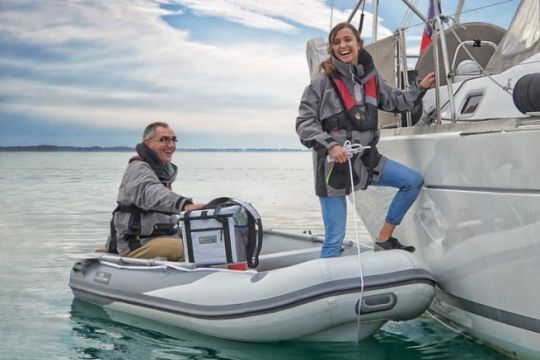
In 2020, on the 58 people missing or dead at sea, 3 were on board their dinghy. In itself, this number is modest. However, it represents a little more than 5% of deaths at sea . While there is no indication that these individuals were or were not wearing their safety equipment, the means of alert used ( 34% via cell phone from land and 20.4% via cell phone at sea ) suggests that the people on board did not have at least a portable VHF.
Let's change our browsing habits
The fact that no equipment is mandatory in the regulatory sense is not an invitation to take risks. Being on the water, sometimes offshore, without any safety equipment, represents a risk greatly increased by the fact that the dinghies are usually inflatable and can capsize easily.
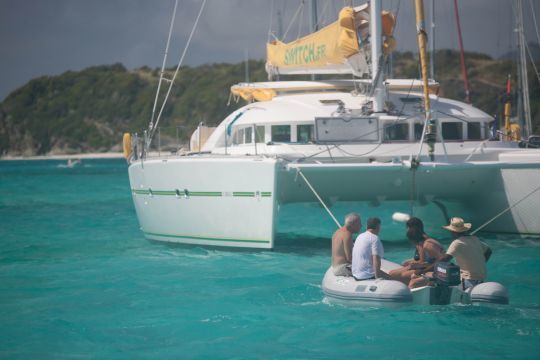
Common sense should take precedence over the law here. Wearing a lifejacket, having a portable VHF and having shore power are precautions that seem reasonable and can reduce the number of deaths at sea by 5%.
Among the useful accessories as well as the portable VHF (charged), a grapnel and a tip long enough to anchor in case of need and to avoid drifting if the wind is too strong or the engine is recalcitrant.
Reams or paddles will be very useful, to be able to move in case of engine failure.
A lamp headlamp and a hand lamp, also charged, for the return at night.
A inflator in case of leakage or malicious deflation during the stopover
Everything will remain in the annex or will be carried in a shoulder strap, stored in a waterproof bag which will keep all this material dry.
Staying reasonable
Last point, it is crucial to keep in mind that a dinghy is normally made only to go back and forth from the land to the carrier vessel. These trips should only be made when weather conditions allow it. It is always safer to stay in a reliable boat ( sailboat as an anchored launch or a trunk ) than getting on a dinghy to go back to land and let the bad weather pass.
As for getting back to your boat from the land in such weather, it is better to stay at the harbor bar until better times.
